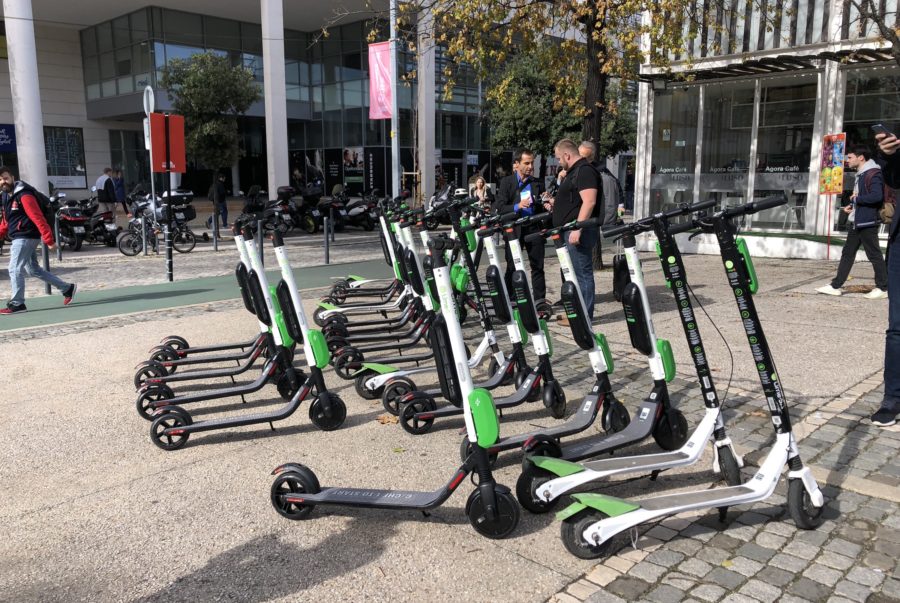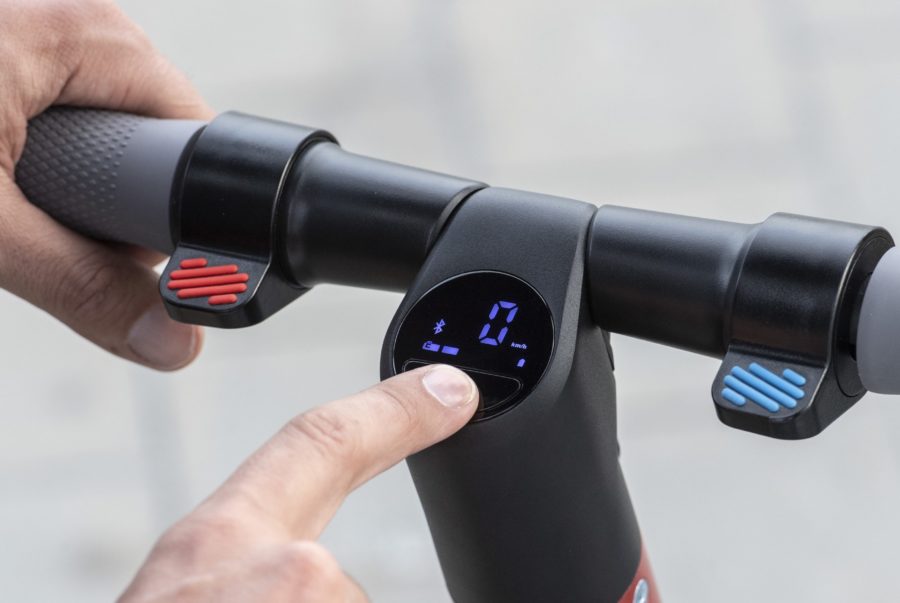In our second part of our series on the subject of e-scooters on the way to the German city centres, we dedicate ourselves to the US market. Why is there a gold-rush mood among US mobility providers? Who are the new players? And what does that mean for our European cities?
This must have been how it felt – back then in the USA or in the Australian state of Victoria. The smell of gold attracted thousands of gold miners and they came from all parts of the country. Not so many, but similarly unmanageable is the offer of companies that want to expand the mobility mix in the urban centres of the world with their scooter and e-scooter offers.
Christensen predicted the rise of e-scooters as early as 2015
This movement is not entirely new. Matthew Christensen, co-director of the Transportation Sustainability Research Center at the University of California, Berkeley predicted the rise of small, folding, electrified scooters in 2015 to cover the last mile in passenger transport.
What is currently going on the last mile in this segment in the USA is more reminiscent of the gold rush. Large mobility providers as well as new start-ups, equipped with many millions of US dollars, are fighting for this market segment.
Do you know Bird, UBER, Lyft or Spin? Well, we will soon see various vehicles of all these American suppliers on our roads in Europe. It seems that the brand specialists have developed a weakness for short names with the brightest possible vowels for US mobility providers. The two UBER and Lyft are known to the US-Affines among us as ride sharing giants.
US Mobility providers fight for hip young talent
Their business model is referred to in the broadest sense as an online mediation service for passenger transport. The vehicle type is deliberately not specified. And what began at UBER and Lyft as a driving service with clean cars, mostly equipped with water bottles and sweets, is now growing into a multi-modal service. Multi-modal means nothing else than across vehicle boundaries. After the train ride, the journey continues by bike-sharing, by car-sharing and, in the future, by e-scooter.
And that is exactly what is driving the American mobility groups into the scooter and e-scooter market these weeks. It is necessary to secure a share of this luctrative, because quite hip market. The users of the scooters have long since outgrown their infancy, see our post for yesterday’s introduction to the series. But they are young, urban and willing to use sharing models instead of their own property. The real temptation for UBER, Lyft and Co. is to gradually grow into bike-sharing and even car-sharing models together with these scooter users.
We will then examine tomorrow in another post who is currently supplying which urban centres with whom.
Missed the first part? No problem, here’s the start of our E-Scooter series.
More posts from our series “E-scooter”:
Post a Comment
You must be logged in to post a comment.


























